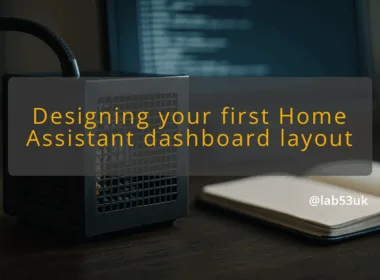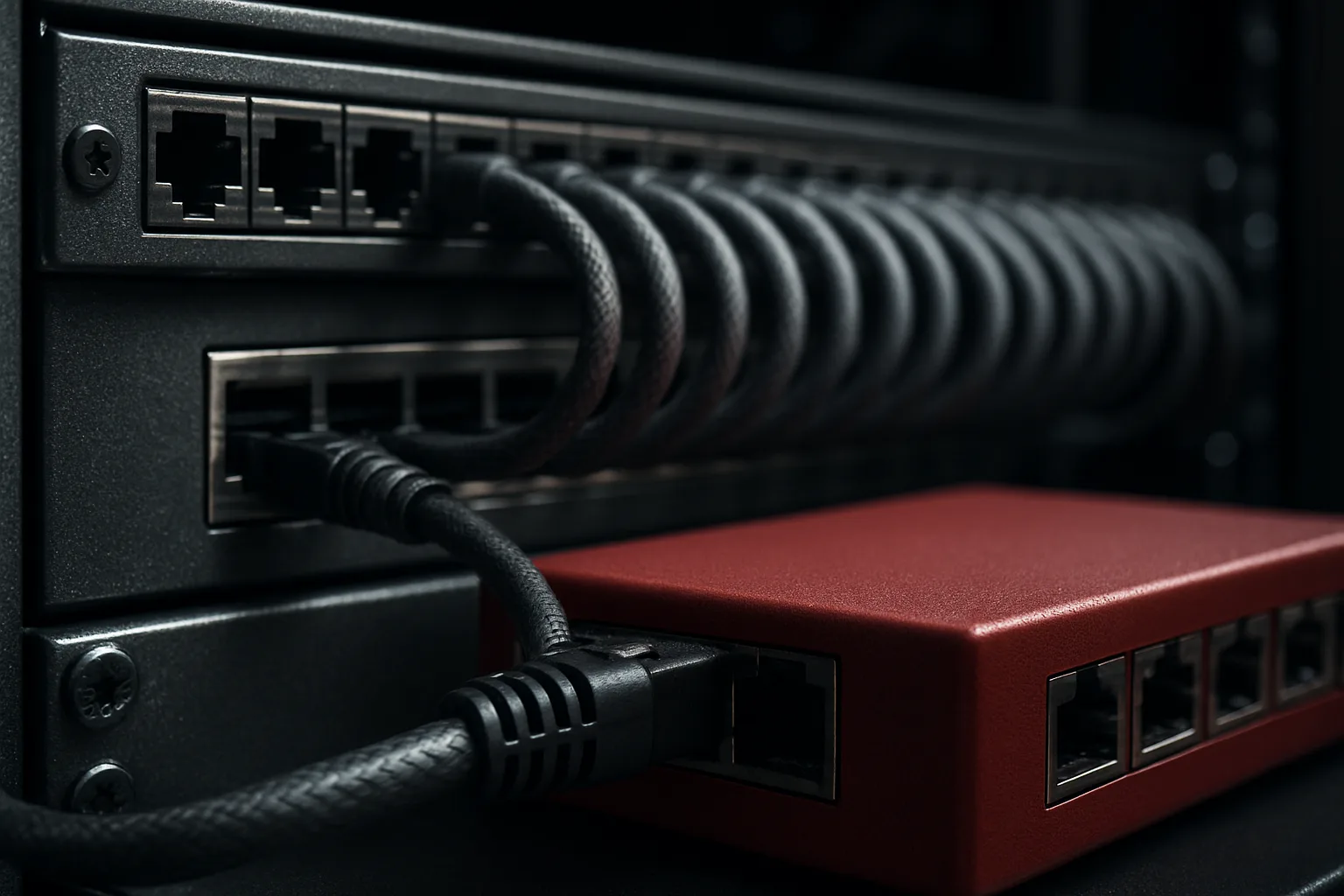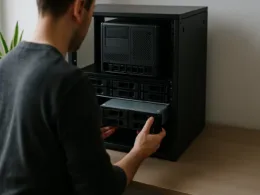Troubleshooting Sophos SD-RED 20 Internet Connectivity Issues
I had a Sophos SD-RED 20 that would not pass traffic to the internet despite the WAN showing a static public IP. This guide lists what to look for, how to test, and the precise fixes I use. I keep it hands-on and short. Run the commands I show and compare the expected output to what you actually get.
What you see
Error messages displayed
Look for exact log lines. Common ones are:
- “ICMP: Destination Host Unreachable”
- “Network is unreachable”
- “Default gateway not set”
- “RED device remote connection failed” (from Sophos Central/XG)
Copy the exact lines. If support asks, paste them. Logs are the fastest route to the root cause.
Connectivity status indicators
Check LEDs on the SD-RED 20. Green means link. Amber or off means no physical link. In the Sophos UI or Central, check:
- RED status: connected / disconnected
- WAN IP: shows static address or 0.0.0.0
- Uplink: link speed and duplex
If the device shows a static IP but still fails, it often means routing, gateway, or ISP side blocking.
Diagnostic tool outputs
Run these from a host on the LAN and from the SD-RED shell where possible.
From LAN host:
- ping 8.8.8.8
- expected: replies, e.g. “64 bytes from 8.8.8.8: icmp_seq=1 ttl=56 time=20 ms”
- actual problem: “Destination Host Unreachable” or “100% packet loss”
- traceroute 8.8.8.8
- expected: first hop is your gateway IP
- actual: stops at local gateway or shows no hops
From device (or via SSH to the firewall side):
- ip addr show
- expected: WAN interface has the static public IP configured
- ip route show
- expected: “default via
dev eth0″ - actual problem: no default route or wrong gateway
- expected: “default via
Collect those exact outputs before changing anything.
Where it happens
Specific network environments
This usually appears in two setups:
- SD-RED 20 behind an ISP modem/router where the modem is in router (NAT) mode.
- SD-RED 20 connected directly to a fibre ONT or a bridged modem.
If the modem supplies a private IP on the WAN port, double NAT can break inbound rules and confuse static IP expectations.
ISP-related issues
ISPs sometimes require:
- VLAN tagging on the WAN (common on fibre)
- PPPoE authentication instead of simple static IP
- Route propagation for a public block
If the SD-RED has a static IP but the ISP expects PPPoE or a tagged VLAN, packets never hit the internet even though the device shows an address.
Firewall configurations
Common causes inside the firewall:
- No outbound firewall rule for the LAN to internet.
- Missing NAT (SNAT) for LAN traffic to the WAN IP.
- Explicit deny rules matched before allow rules.
A misapplied rule can appear to give the device connectivity while blocking traffic.
Find the cause
Testing static IP configuration
Verify the static IP and gateway precisely.
On the SD-RED or firewall CLI:
- ip addr show dev eth0
- expected: inet 198.51.100.10/24
- ip route show
- expected: default via 198.51.100.1
From a LAN host:
- ping the WAN gateway: ping 198.51.100.1
- expected: replies
- actual failure means the gateway is not reachable from the SD-RED.
- curl –interface
-I http://1.1.1.1 - expected: HTTP status or ICMP response
- actual: timeout or no route
If gateway pings fail, either the static IP/gateway are wrong, the ISP has not routed the IP, or VLAN/PPPoE is required.
Reviewing firewall rules
List rules in the Sophos GUI or run a policy dump. Look for:
- Allow rule: LAN -> Any (SNAT to WAN)
- Deny rule that matches before the allow rule
Diagnostic checks:
- Temporarily add an explicit allow rule: LAN -> Any: Allow, log, position at top.
- Test ping/curl again. If it works, the issue was rule order.
Checking ISP settings
Call out the ISP checks to perform:
- Confirm the static IP and gateway the ISP assigned.
- Ask if VLAN tag or PPPoE is required.
- Confirm no port blocks that affect management tunnels (some SD-RED uses ports for heartbeats).
Practical test: plug a laptop directly into the ISP modem and configure the static IP and gateway. If the laptop cannot reach the internet with the same IP/gateway, the fault is ISP-side.
Fix
Steps for reconfiguring settings
- Confirm the WAN mode. If ISP requires VLAN or PPPoE, set the SD-RED WAN accordingly.
- Set the static IP and gateway exactly as provided by the ISP.
- Add a default route if missing:
- ip route add default via
dev eth0
- ip route add default via
- Ensure DNS is set to resolvers the ISP or public DNS provides.
Make one change at a time. Test after each change.
Troubleshooting network connections
- Test physical link: replace cable and try another switch port.
- Test direct connection: connect a laptop with the static IP to the WAN port.
- Capture packets at the WAN side:
- tcpdump -i eth0 host
and watch for ARP requests/replies. - expected: ARP replies from gateway MAC.
- actual failure: ARP requests unanswered means no layer 2 reachability.
- tcpdump -i eth0 host
If ARP fails, the ISP is not routing or the link has VLAN/PPPoE mismatch.
If NAT is missing:
- Add SNAT for LAN -> WAN IP.
- Verify outbound connections now have the WAN IP source with a site like ifconfig.me from a laptop.
Verifying device firmware updates
Check firmware in the Sophos Central or the SD-RED management page. Firmware bugs can break tunnels or routing. If an update is available:
- Note current version.
- Read the release notes for known fixes.
- Schedule an update window.
- Update and retest connectivity.
If support suspects firmware, produce logs and version info before updating so you can rollback if needed.
Check it’s fixed
Confirming internet access
From a LAN host and from the SD-RED:
- ping 8.8.8.8 — expected: <5% packet loss and sub-100 ms latency
- curl -I https://example.com — expected: 200 or 301 headers
- traceroute to public IP — expected: first hop is ISP gateway
Also confirm NAT:
- Visit ifconfig.me from a LAN host and confirm the external IP matches the assigned static IP.
Monitoring connectivity stability
Watch logs for a period after the fix:
- tail -f /var/log/messages (or Sophos log view)
- Look for repeated “remote connection failed” entries or interface flaps.
Set a short scripted check:
- while true; do ping -c1 8.8.8.8 || echo “$(date) ping failed”; sleep 60; done
This gives immediate notice of intermittent failures.
Documenting changes made
Write a tight change log:
- Date, change made, who authorised, exact commands, before/after outputs, rollback steps.
Include the exact errors you saw and the final verification outputs. That makes future troubleshooting much faster.
Root cause and remediation
- If gateway unreachable and ARP fails, the root cause is layer 2/ISP configuration. Remediation: correct VLAN/PPPoE or get ISP to route the static IP.
- If default route missing, the root cause is misconfigured gateway. Remediation: set the correct default route.
- If firewall rules blocked traffic, the root cause is rule order or missing NAT. Remediation: add explicit allow and configure SNAT.
I keep changes minimal and reversible. Do one thing at a time and capture exact before/after outputs. That prevents chasing ghosts and speeds resolution.







